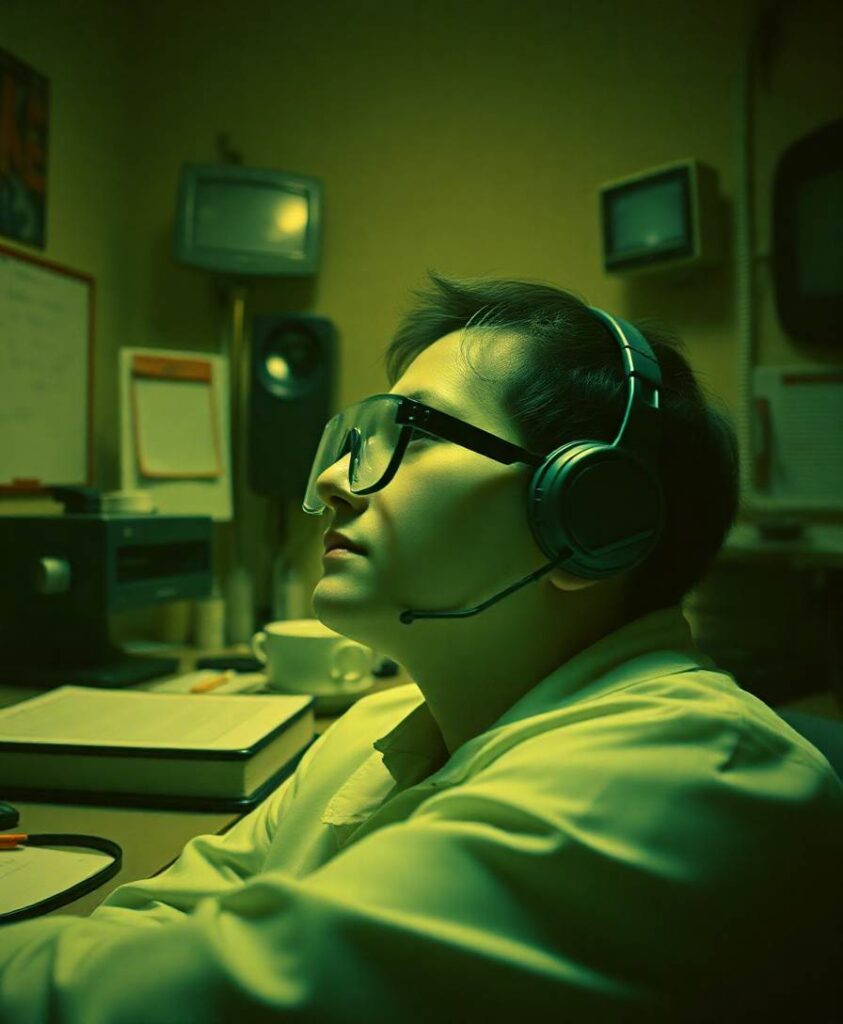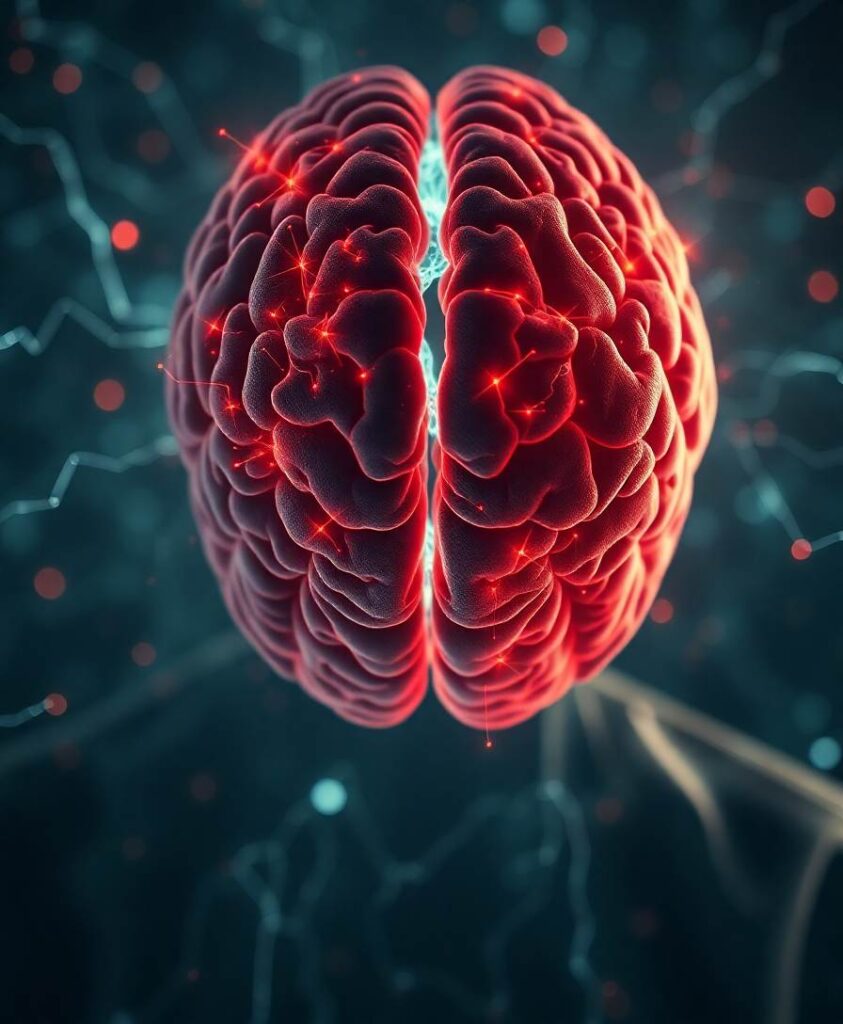BackgroundRobot-assisted therapy (RAT) has received considerable attention in stroke motor rehabilitation. Characteristics of brain functional response associated with RAT would provide a theoretical basis for choosing the appropriate protocol for a patient. However, the cortical response induced by RAT remains to be fully elucidated due to the lack of dynamic brain functional assessment tools.ObjectiveTo guide the implementation of clinical therapy, this study focused on the brain functional responses induced by RAT in patients with different degrees of motor impairment.MethodsA total of 32 stroke patients were classified into a low score group (severe impairment, n = 16) and a high score group (moderate impairment, n = 16) according to the motor function of the upper limb and then underwent RAT training in assistive mode with simultaneous cerebral haemodynamic measurement by functional near-infrared spectroscopy (fNIRS). Functional connectivity (FC) and the hemisphere autonomy index (HAI) were calculated based on the wavelet phase coherence among fNIRS signals covering bilateral prefrontal, motor and occipital areas.ResultsSpecific cortical network response related to RAT was observed in patients with unilateral moderate-to-severe motor deficits in the subacute stage. Compared with patients with moderate dysfunction, patients with severe impairment showed a wide range of significant FC responses in the bilateral hemispheres induced by RAT with the assistive mode, especially task-related involvement of ipsilesional supplementary motor areas.ConclusionUnder assisted mode, RAT-related extensive cortical response in patients with severe dysfunction might contribute to brain functional organization during motor performance, which is considered the basic neural substrate of motor-related processes. In contrast, the limited cortical response related to RAT in patients with moderate dysfunction may indicate that the training intensity needs to be adjusted in time according to the brain functional state. fNIRS-based assessment of brain functional response assumes great importance for the customization of an appropriate protocol training in the clinical practice.



